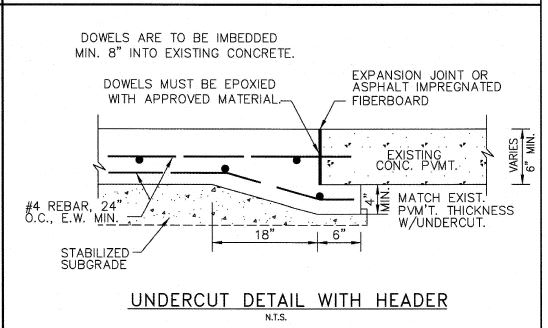Does Anyone know what is the min. code requirement for rebar length into new slab when connecting existing slab to new slab with epoxied rebars?
And how about max. spacing? ACI318 calls for 18" max. spacing for temp and shrinkage reinf. ... Is that applicable for nonstructural slabs on ground?
Both new and existing slab have wire mesh. This is a 3.5" Residential concrete slab.
I have done research on ACI codes/manuals, multiple residential building codes and online forums and have not found a clear answer.
Please see attached picture:
And how about max. spacing? ACI318 calls for 18" max. spacing for temp and shrinkage reinf. ... Is that applicable for nonstructural slabs on ground?
Both new and existing slab have wire mesh. This is a 3.5" Residential concrete slab.
I have done research on ACI codes/manuals, multiple residential building codes and online forums and have not found a clear answer.
Please see attached picture:

